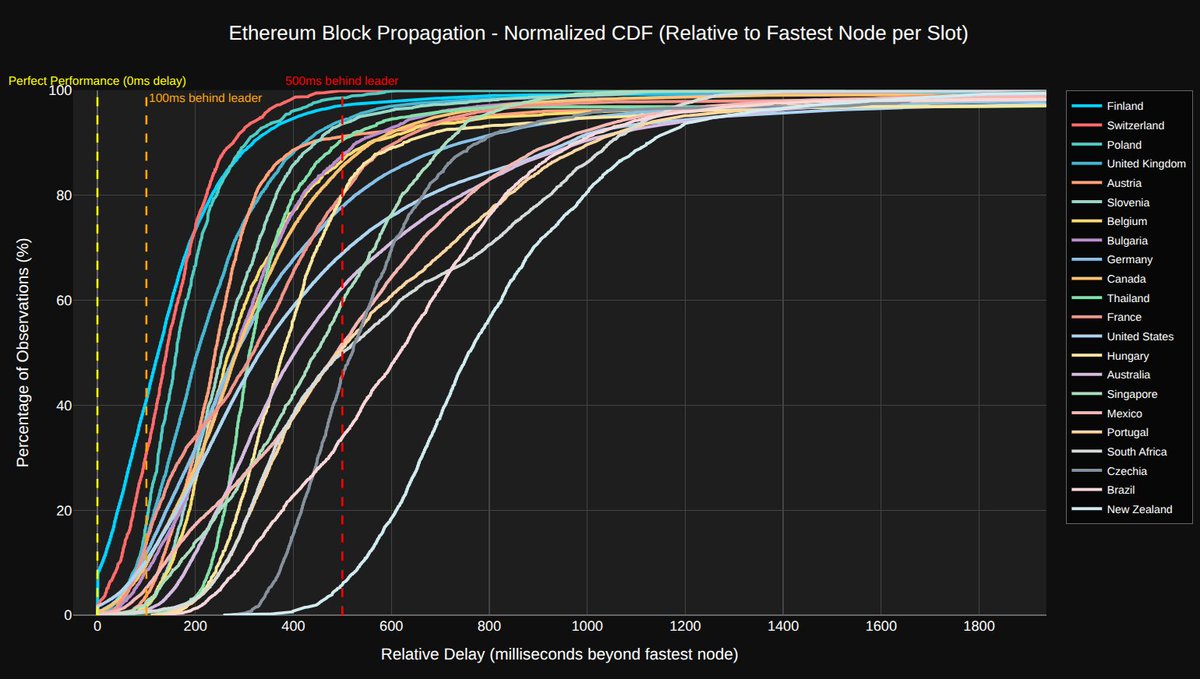
Toni Wahrstätter ⟠
@nero_eth
Research at Ethereum Foundation | dotpics.info
warpcast.com/toniw.eth
ID: 1469573165571530756
https://toniwahrstaetter.com 11-12-2021 07:42:15
1,1K Tweet
7,7K Followers
592 Following

How do we scale the ETHEREUM L1 10x ?? 🚨 Part 1: Block-Level Access Lists (EIP-7928) (0:00) Intro to BALS (0:34) How Ethereum.org L1 works now (2:49) Parallel IO + Parallel EVM (4:18) Modification in Block Structure Like & RT for Ethereum

🔹 EIP-7928: Block-Level Access Lists (BALs) Proposed by Toni Wahrstätter ⟠ for Glamsterdam 🔧 Focused on L1 scaling—enables: – Parallel disk reads – Parallel tx validation – Executionless state updates – Foundation for zkEVM full nodes – Potential for higher gas limits 🚀 ⚙️Every block



After huge effort from all EL clients we are now ready for 45 MGas limit on Ethereum Mainnet. Nethermind released a 1.32.0 version which sets 45 as a default value + history expiry for pre-merge blocks + huge block production revenue improvement: github.com/NethermindEth/…









